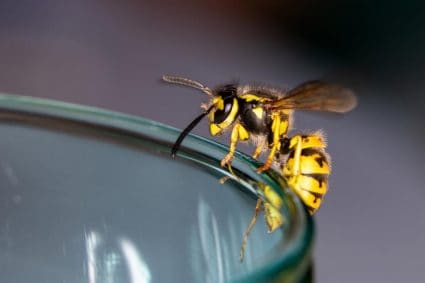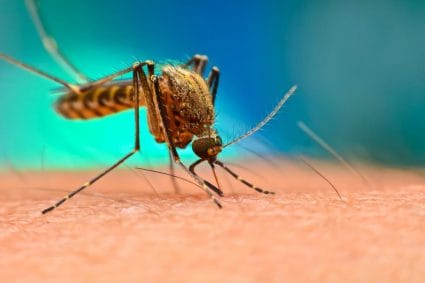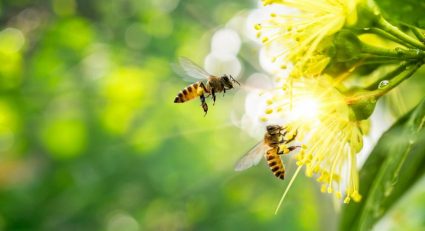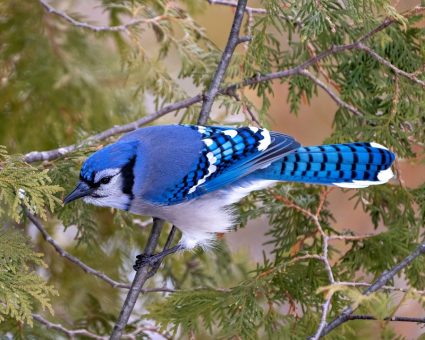
Ensign wasps, known for their distinctive, flag-like abdomens, are commonly found in tropical and subtropical areas around the world. While they may seem like a nuisance, these wasps are actually beneficial to homeowners due to their unique relationship with cockroaches. In this article, we’ll delve into the fascinating world of Ensign wasps, explore how they get into your house, and discuss how to prevent and handle their presence.
Ensign wasps typically enter homes when searching for cockroach egg cases to lay their eggs in. They are attracted to areas where they can breed, so their presence in your home may indicate that there are cockroach egg cases or even adult roaches within your house. These wasps can enter your house through cracks and crevices in the walls, around windows, doors, and other openings.
What Are Ensign Wasps?
Ensign wasps belong to the family Evaniidae and are a group of parasitoid wasps known for their unique appearance. They have small, oval abdomens that they hold high like an ensign or flag, hence their name. Their body lengths range from about 1 to 1.5 cm (0.4 to 0.6 inches), and they are black, resembling spiders.
These wasps are beneficial to humans because all known species are parasites of cockroaches, common household pests. The female wasp lays its eggs in the cockroach’s egg case, and the wasp larvae devour the cockroach eggs.
How Do Ensign Wasps Enter Homes?
Ensign wasps typically enter homes when searching for cockroach egg cases, known as oothecae, to lay their eggs in. These wasps are attracted to areas where they can breed, so the presence of one in your home may indicate that there are cockroach egg cases or even adult roaches within your house.
These wasps can enter your house through cracks and crevices in the walls, around windows, doors, and other openings. Ensign wasps are particularly fond of parasitizing the American cockroach, the Australian cockroach, the Brown cockroach, and the Smoky Brown cockroach.
Signs of Ensign Wasp Infestation
While the term “infestation” may seem alarming, remember that Ensign wasps are not harmful to humans. They do not sting or bite and are actually beneficial for controlling cockroach populations.
However, if you notice these signs, you might have Ensign wasps in your home:
- Spotting the wasps: Ensign wasps resemble flies but have triangular, flag-like abdomens that move up and down, giving them the appearance of signaling a flag.
- Presence of cockroaches: Ensign wasps are known to parasitize cockroach egg cases, so their presence may indicate that there are cockroach egg cases or even adult roaches within your house.
Prevention and Control Measures
While Ensign wasps are beneficial, if you’re uncomfortable with their presence, you can take measures to prevent them from entering your home:
- Seal cracks and crevices: Use caulk to seal any gaps in and around your home to eliminate entry points for both Ensign wasps and cockroaches.
- Control cockroach populations: Keeping cockroach populations in check will reduce the likelihood of Ensign wasps visiting your home.
- Regular perimeter treatment: Apply a repelling insecticide around the perimeter of your home every three months to deter Ensign wasps.
- Manage humidity in your basement: Repair any water leaks and control humidity in your basement to make it less attractive to Ensign wasps.
- Create a wasp trap: Set up a wasp trap outside your home to capture and prevent Ensign wasps from entering.
Conclusion
Ensign wasps are unique insects that play a beneficial role in controlling cockroach populations. If you spot them in your house, it’s usually an indicator of a cockroach presence. While their appearance can be unsettling, remember that they are harmless to humans and pets and are actually doing you a favor by helping to control roach populations. However, if you prefer to keep them out of your home, following the prevention measures listed above can help.
Frequently Asked Questions
What do Ensign wasps eat?
Ensign wasps do not eat solid food. The adults primarily feed on nectar from flowers. However, their larvae feed on the eggs of cockroaches.
Are Ensign wasps dangerous to humans or pets?
No, Ensign wasps are not dangerous to humans or pets. They do not sting or bite.
What is the lifecycle of an Ensign wasp?
The lifecycle of an Ensign wasp begins when the female lays her eggs inside a cockroach egg case. The wasp larvae then feeds on the cockroach eggs. Once the larvae mature, they leave the egg case and pupate. After pupation, the adult wasps emerge and the cycle begins again.
Can Ensign wasps infest my house?
While Ensign wasps can enter homes, they do not establish nests like other wasp species. Instead, they are solitary insects that primarily enter homes in search of cockroach egg cases.
What time of the year are Ensign wasps most active?
Ensign wasps are most active during the warmer months when cockroaches are also active and breeding. However, in tropical and subtropical regions, they can be active year-round.










